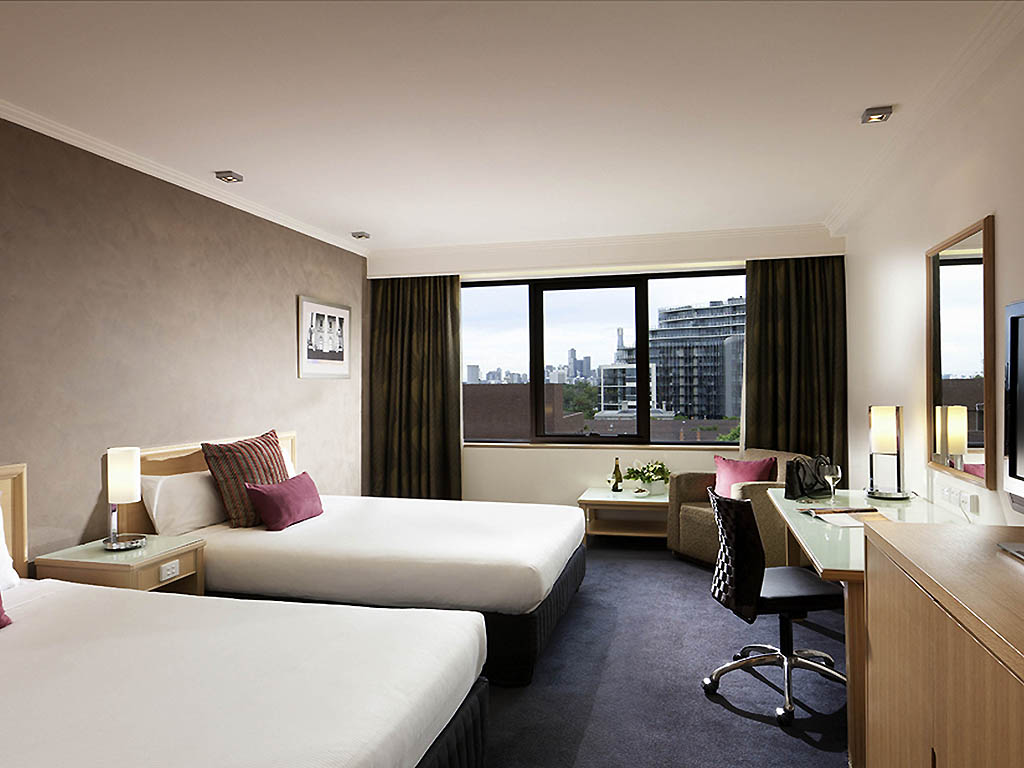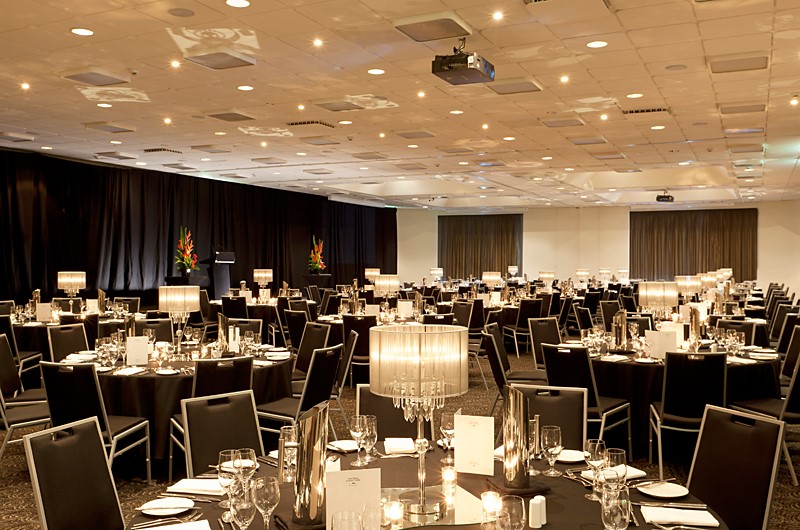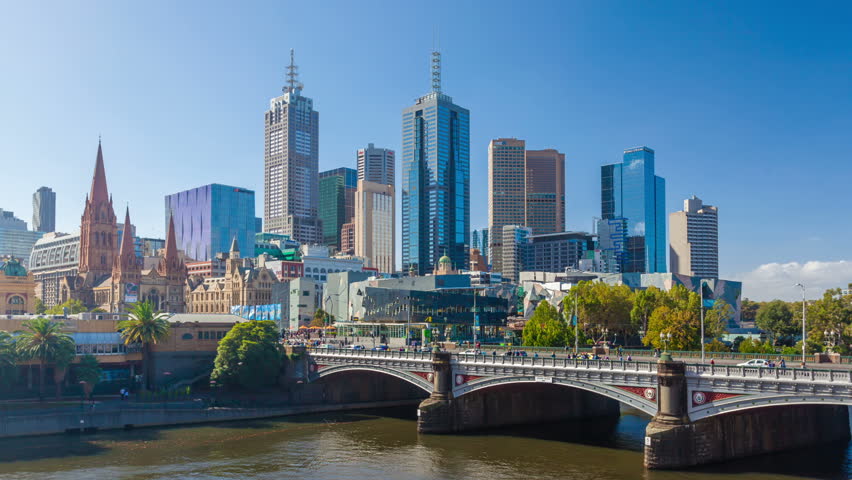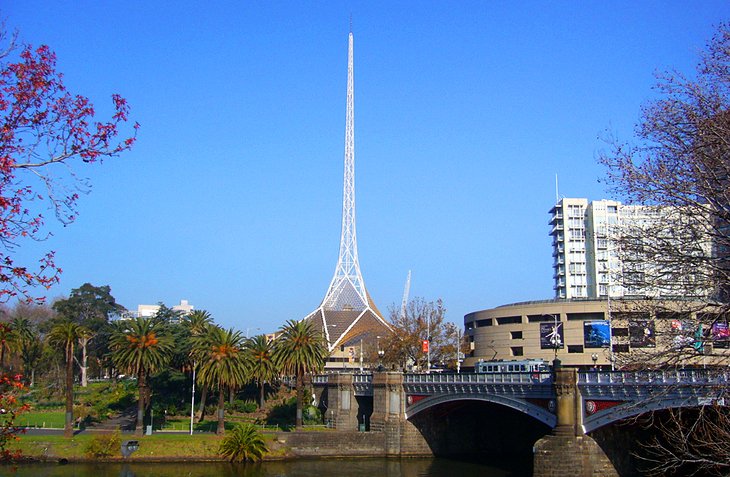Venue & Hospitality
Welcome to the Official Attendee Housing Site for the International conference on Dual Diagnosis and Disorders that will be held in Melbourne, Australia
Accommodations will be provided at Conference Venue.
Venue: Mercure albert park
Address: 65 queens road, Melbourne 3004 – australia
Conference Dates: November 12-13, 2018
Hotel Services & Amenities
- Audio/Visual Equipment Rental.
- Business Center.
- Business Phone Service.
- Complimentary Printing Service.
- Express Mail.
- Fax.
- Meeting Rooms.
- Office Rental.
- Photo Copying Service.
- Secretarial Service.
- Telex.
- Typewriter.
- Video Conference.
- Video Messaging.
- Video Phone.
- ATM.
- Baggage Storage.



Transportation
Driving Directions to
Driving Directions from melborne Airport to Mercure Melbourne Albert Park • Mercure Melbourne Albert Park: 65 Queens Road, Melbourne 3004 – Australia Melbourne Airport Departure Dr, Melbourne Airport VIC 3045, Australia • Continue to M2 2 min (1.5 km) Continue on M2. • Take Citylink/State Route 43 to Kings Way/Princes Hwy in Southbank. • Take exit 2 from Citylink/State Route 43 20 min (23.9 km) Drive to National Highway Alt 1 in Melbourne 5 min (2.7 km) • you will reach the destination .Mercure Melbourne Albert Park, 65 Queens Rd, Melbourne VIC 3004, Australia.
Route Map
About City
Melbourne, city, capital of the state of Victoria, Australia. It is located at the head of Port Phillip Bay, on the south-eastern coast. It is the core of an extensive metropolitan area the world’s most southerly with a population of more than 1,000,000. In Australia it is second only to Sydney in population, and there is a good-natured rivalry between the two cities.
Melbourne city has many beautiful parks, and the person with an eye for architectural detail and history can find much that is varied and attractive. Melbourne has a reputation for conservatism and financial soundness attributes that have contributed to its growth and are revealed by the burgeoning skyline of the central city and the rapidly expanding eastern suburbs.

The expansion of Melbourne from its origins at the mouth of the Yarra River to its present shape displays a strong correlation with the geology and drainage of the land. West of the original city site, basalt flows during the Cenozoic Era filled the existing valleys and left flat, uniform plains. The eastern region, however, consists of undulating and dissected beds of sandstones, shales, and conglomerates laid down in the Silurian.
Not surprisingly, the development of Melbourne has been mainly eastward into the broad reaches of land between Darebin Creek, the Plenty and Yarra rivers, and Koonung and Gardiners creeks. In a strikingly asymmetrical fashion,
Melbourne’s weather results from the eastward flow of high-pressure cells separated by low-pressure troughs. These patterns follow a course that passes south of the continent in summer and over northern Victoria in winter.

